Shocking your pool is how you keep it clean, but how does it work, and what is the best shock to use? The rules are usually the same, but the type of shock can differ from pool to pool or even from situation to situation. The only thing that remains the same is the method of shock, whether a salt or chlorine pool.
The Method
Types of Chlorine
Free Chlorine – the type of chlorine that sanitizes the pool; this is what increases when you add shock
Combined Chlorine – also known as Chloramines; occurs when Free Chlorine combines with bacteria and bather waste like sweat and skin oils; the cause for a chlorine smell
Total Chlorine – The result of Free Chlorine plus Combined Chlorine
When you shock a pool, you add chemicals to raise Free Chlorine. It typically ranges from 1-3 ppm or parts per million and should be about 10 times the amount of Combined Chlorine in the pool. If your Total Chlorine is 0, you have Chlorine Lock, which can be difficult to fix, so always keep an eye on your chlorine levels.
As with any chlorine shock, the ideal time to use it is at night because the sun can dissolve chlorine generated during the day. When you add shock, add it to the pool’s edges, and run the pump afterward. Running the pump is essential to circulate the shock and clean the entire pool.
For more details in how to shock a pool, see our video on it here.
Types of Shock
It may be shocking, but different chemicals may be best for shocking your pool. So what are they?
There are three common types of chlorine shock: Calcium Hypochlorite (Cal Hypo), Lithium Hypochlorite, and Dichlor (Dichloro-s-triazinetrione).
Similarities:
- Contain chlorine
- Must be added after the sun has set
- Must wait at least 8 hours before it is safe to swim
Obviously, there are differences between these, so let’s dive a little deeper.
Calcium Hypochlorite (Cal Hypo)
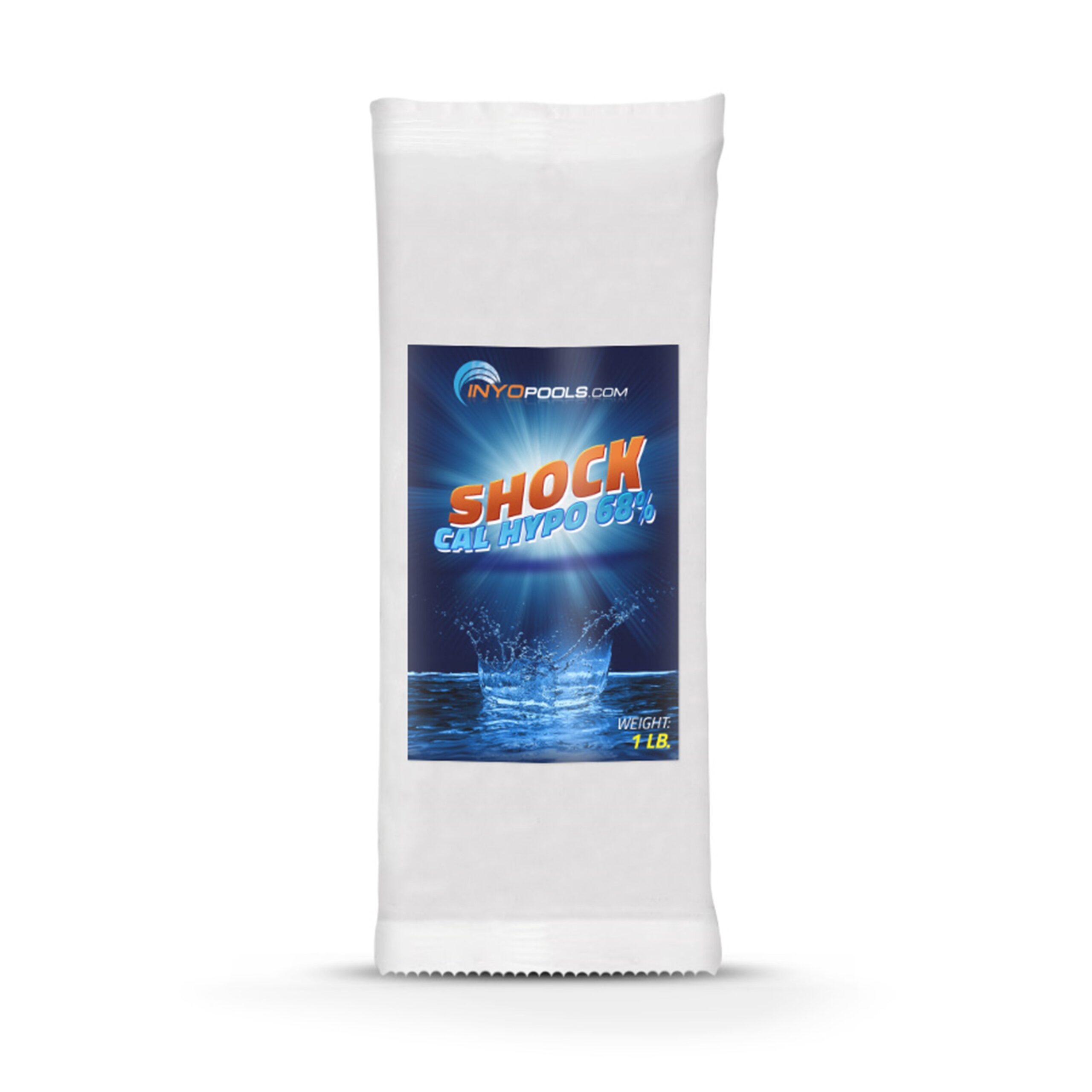
- Least costly
- Most Convenient
- Usually granular
- Must dissolve before being added to the pool
- Adds about 0.8 ppm of calcium per 1 ppm of Free Chlorine added
Now, if your pool is already high in calcium, you may want to look at a different shock because the raised calcium could cause calcium scale. Calcium scale can build up in pipes and filters, can make metal and other surfaces look cloudy, and if you have to remove it from a surface, it can cause damage to said surface.
Lithium Hypochlorite
- More costly than Cal Hypo
- No need to dissolve beforehand
- Dissolves quicker than Cal Hypo
- Doesn’t raise calcium levels in the pool
- Commercial versions contain 35% chlorine
- Toxic to aquatic life
Dichlor (Dichloro-s-triazinetrione or dichloroisocyanuric acid)
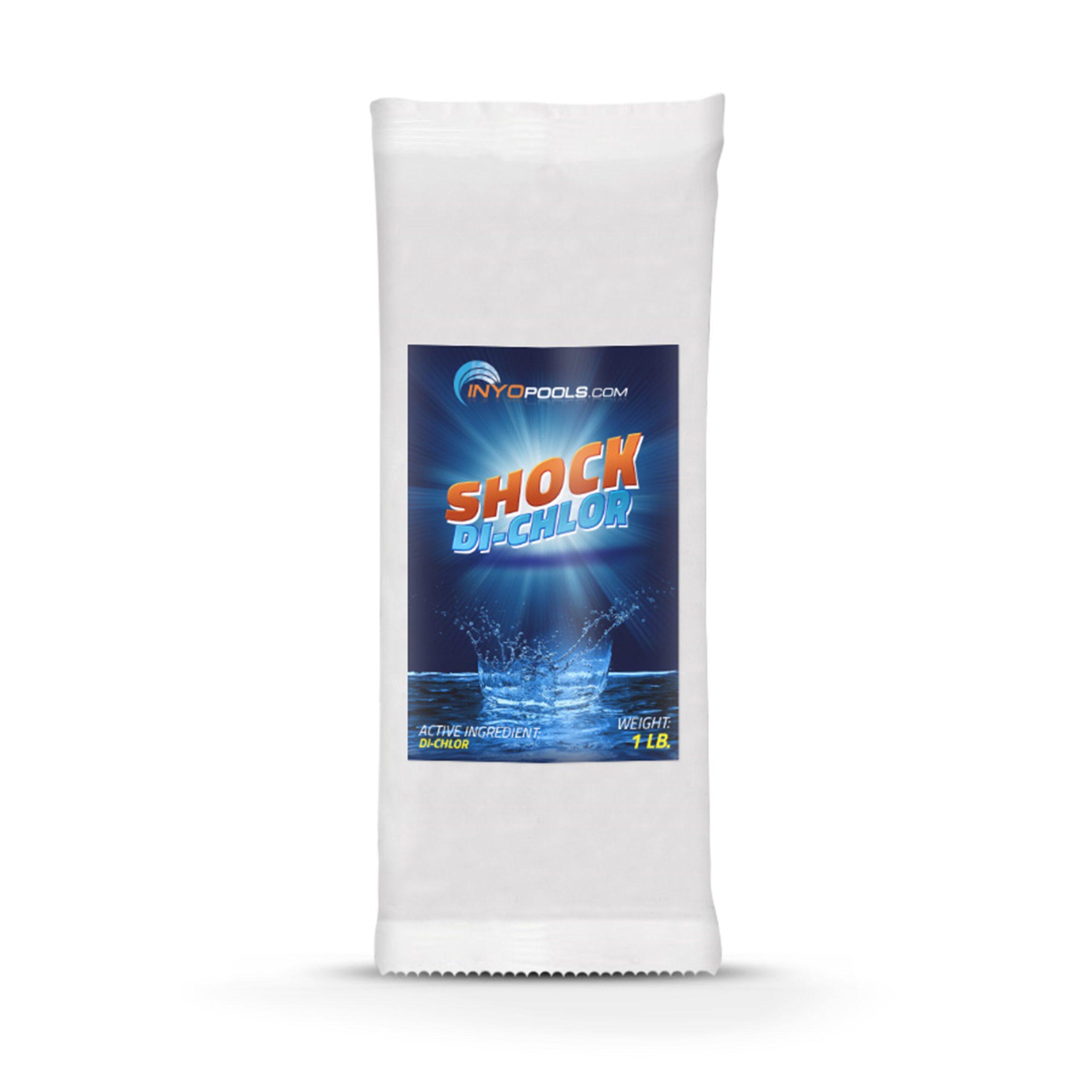
- Safest and easiest to use
- No need to dissolve beforehand
- Adds about 0.9 ppm of cyanuric acid (stabilizer) for 1 ppm of Free Chlorine added
- Contains 50-60% chlorine
- Can be used for normal chlorine or shock
While dichlor does not increase your calcium levels, it does increase your CYA levels. If you’re low on stabilizer in your pool, this is fantastic; however, if you have normal or even high CYA levels, this makes the Free Chlorine in your pool ineffective.
How this works is that CYA molecules bond with Free Chlorine molecules so the sun’s ultraviolet rays don’t break down the chlorine gas. As I mentioned earlier, Free chlorine sanitizes a pool by bonding with the nitrogen molecules in bather waste like sweat; however, if there’s too much CYA in the pool, it essentially takes every place that the Free Chlorine could bond with the nitrogen, leaving nowhere for that nitrogen to connect with the Free Chlorine.
Non-Chlorine Shock
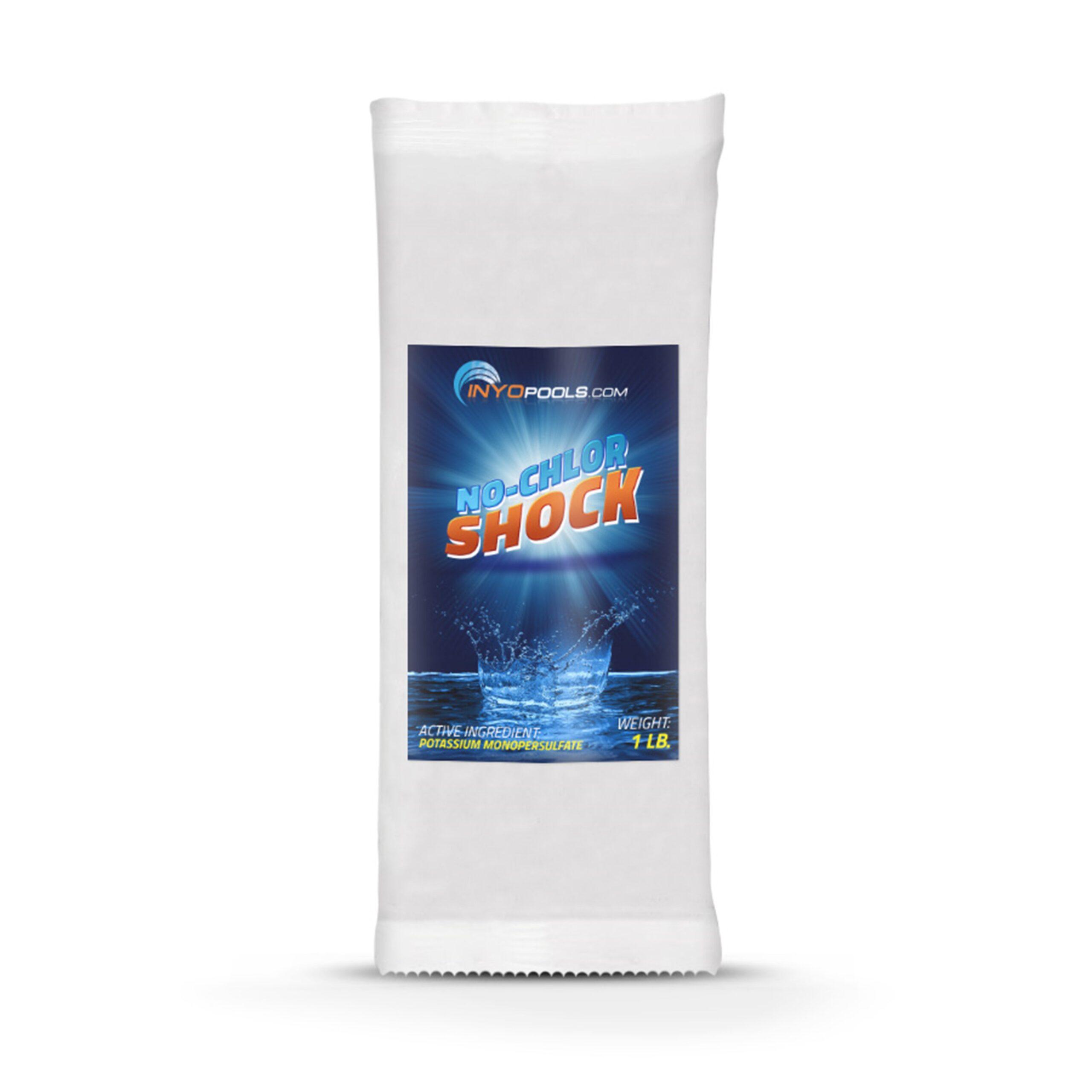
There is also the option of non-chlorine shock. Made of potassium peroxymonosulfate, it can be added to the pool anytime since the sun will not dissolve it.
Do note that it is NOT an algaecide, nor will it change your chlorine levels. It works with chlorine by oxidizing the organic materials in the pool so that Free Chlorine can focus on sanitizing bacteria and algae instead of the organics.
When to Use Each Shock
| Shock Type | Chlorine Shock | Non-Chlorine Shock |
| Chemical Name | Calcium Hypochlorite, Lithium Hypochlorite, or Dichloro-s-triazinetrione | Potassium Peroxymonosulfate |
| Uses | Kills bacteria and algae as sanitation | Clears organic matter, but not algae |
| Time | Must wait 8 least 8 hours before swimming | Can swim 15 minutes after use |
| Doses | 1 Pound Per 10,000 Gallons | 1 Pound Per 10,000 Gallons |
If you have any other questions, contact us via chat, support tickets, or call 407-834-2200 for assistance!

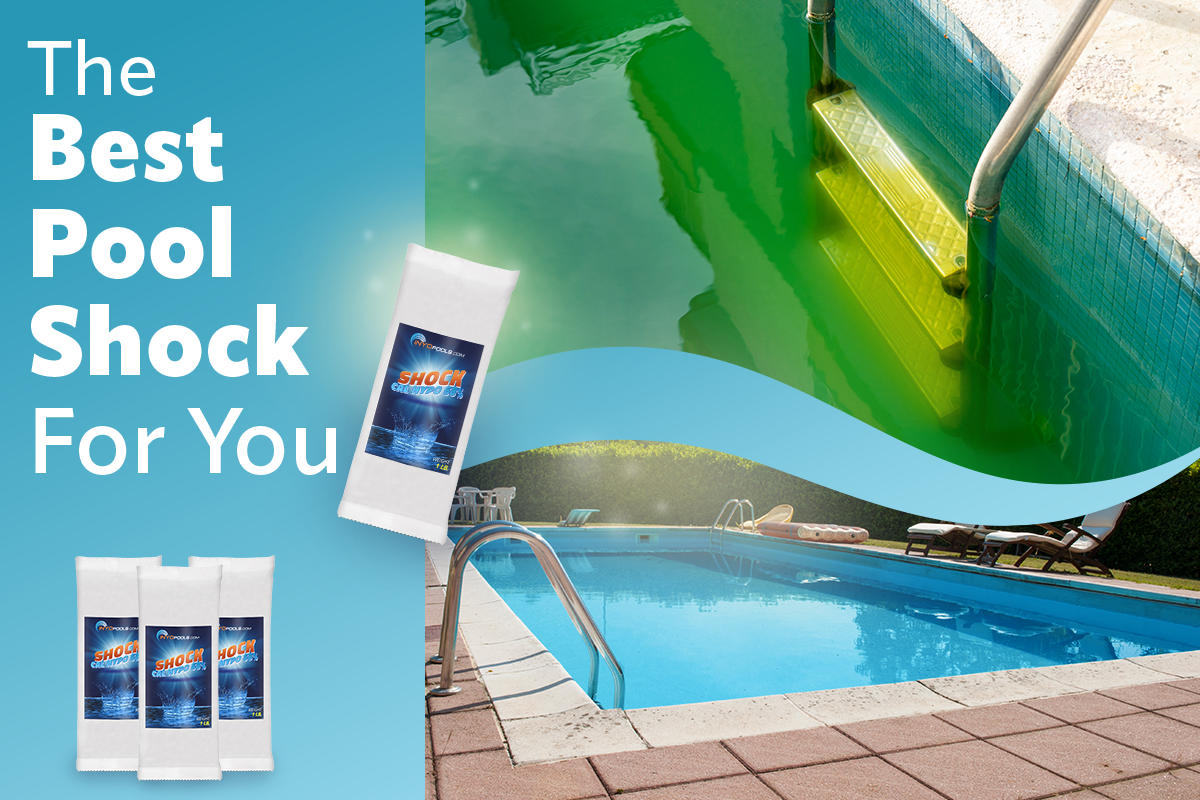
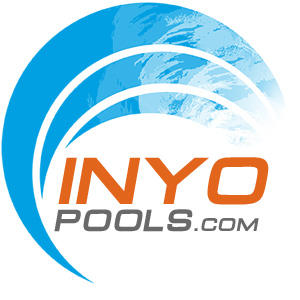






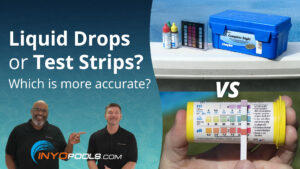
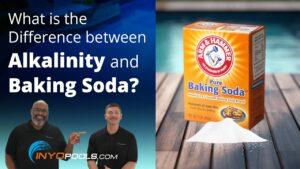
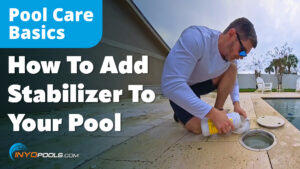
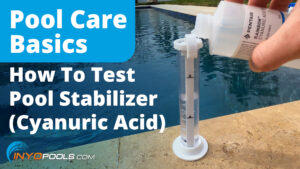
Leave a Reply